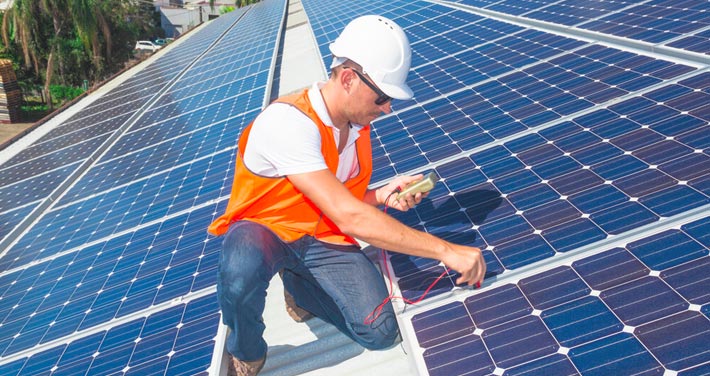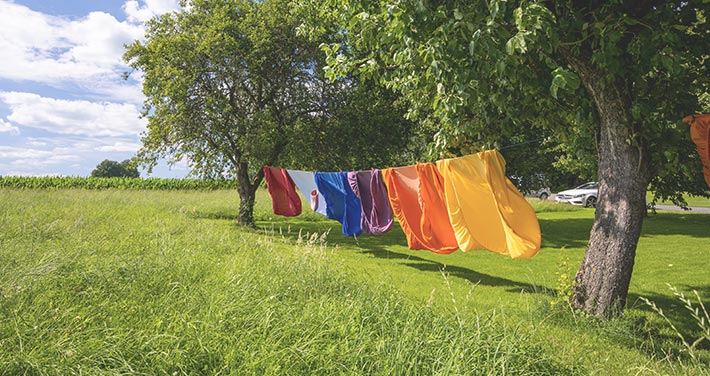Here in New England, heating and air-conditioning uses more energy – and costs more money – than any other system in your home, accounting for close to 60 percent of the average energy bill. A new HVAC (industry lingo for heating, ventilation, and air-conditioning) system is a long-term investment. There are more options available than ever before, and a whole host of factors to consider. Here, we’ll lay the foundation to help you make the best choice for your home and your family.
Most home heating systems use either forced air or circulated hot water to distribute heat throughout your home. Forced hot air systems distribute air that’s been heated by a furnace by way of ducts and registers, while boilers distribute hot water or steam via radiators or baseboards.
If you’re building a new home, you’re in a position to choose the best option for your lifestyle and the environment, and you likely have more options at your disposal than a homeowner who is replacing an existing system. Here are some of the considerations you’ll need to take into account.
Fuel Source
In most parts of the country, natural gas is an efficient, economical, and convenient choice, one that has grown in popularity since the 1970s. It’s available on demand, with no need for monitoring or storage. Unlike gas, oil must be ordered, delivered, and stored in a 275-gallon tank in your basement, and it’s not as environmentally friendly. Most homes that heat with oil today do so because the system was installed when the house was built.
By the Numbers: How the Northeast Heats*
- Natural Gas - 55.9%
- Fuel Oil/Kerosene - 18.6%
- Electricity - 18.2%
- Propane - 4.5%
- Other - 2.6% (wood, none)
Distribution System
If you’re not building from scratch, you may be limited by your home’s existing infrastructure.
Forced-air furnaces use ductwork to distribute heat through a home. This ductwork can create a drafty environment that carries and disperses dust and dander, but furnaces in general cost less to install. One of the biggest advantages of forced hot air heat is that the same ducts can be used to distribute cooled air from a central air-conditioning unit in the warmer months.
By contrast, boilers use hot water or steam to distribute heat via radiators or baseboards. Though the initial installation cost is typically higher, the system can also be used to satisfy domestic hot water needs for laundry, dishwashing, and bathing.
Overall Efficiency
A furnace or boiler’s efficiency is measured by its annual fuel utilization efficiency (AFUE). This measure indicates how efficiently the unit converts energy from fuel to heat over the course of a year. For example, an AFUE of 90 means that 90% of the fuel that was used became heat.
Older heating systems, whether they use forced hot air or hot water, are notoriously inefficient and degrade over time. New furnaces and condensing boilers have efficiency ratings as high as 98 percent, while the efficiency of an old system can be as low as 50 percent. High-efficiency units cost less to operate – an important consideration in places that experience long, snowy winters.
In some cases, furnaces and boilers can be retrofitted to increase their efficiency. It’s important to consider the cost of a retrofit versus a new system if a replacement will be needed within a couple of years.
Read more about furnaces and boilers at Energy.gov.
Operating Cost
The cost of installing a new heating system is just one consideration. While boilers typically cost more to purchase and install initially, they require less maintenance in the long run. Furnaces are less expensive to install, but because they don’t run as clean, regular inspection and maintenance is essential to ensure the system is operating at peak efficiency. Be sure to visit NHSaves.com or MassSave.com to learn about rebates available to help offset the cost of purchase and installation.
Heat Pumps
Electric heat pumps (including “mini splits”) are seeing a rise in popularity and are vastly different from earlier forms of electric heat technology. They use the same refrigerant cycle as air-conditioners, but can reverse the cycle during the cooler months to deliver heat to your house. Heat pumps are available in various configurations and can be installed with or without ductwork to condition a single area of a home or the entire home.
Learn more on our Heat Pump webpage.
Key Takeaways:
- The cost of fuel is one small consideration in choosing a home heating system.
- Existing infrastructure can be a limiting factor when deciding between forced hot water and forced hot air.
- Electric heat pumps are an efficient alternative to traditional furnaces and boilers that offer heating, cooling, and dehumidification in one system.
*2020 Residential Energy Consumption Survey.





